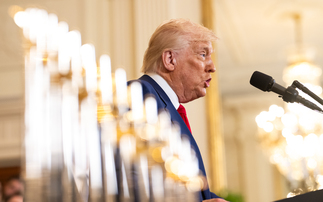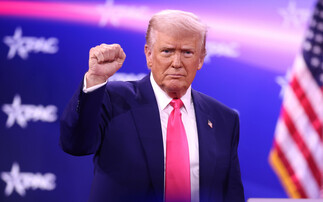Markets are stuck in a repeating cycle where central banks introduce more QE any time growth is threatened but, warns David Jane, there has to be a limit to the amount of debt the world economy can sustain
Since the global financial crisis, now over a decade ago, monetary policy worldwide has been reinvented with a new set of tools characterised by the catch all term of ‘QE' - that is, quantitative easing. At their instigation, having been brought up in the era of traditional monetarism, many commentators suggested the likely outcome of money printing would be inflation. Quite the opposite has occurred, however, and the economy and markets now seem to be stuck in a repeating cycle. Eat, sleep, rave, repeat. At its introduction, QE was seen as an emergency measure in which central banks ...
To continue reading this article...
Join Professional Adviser for free
- Unlimited access to real-time news, industry insights and market intelligence
- Stay ahead of the curve with spotlights on emerging trends and technologies
- Receive breaking news stories straight to your inbox in the daily newsletters
- Make smart business decisions with the latest developments in regulation, investing retirement and protection
- Members-only access to the editor’s weekly Friday commentary
- Be the first to hear about our events and awards programmes







